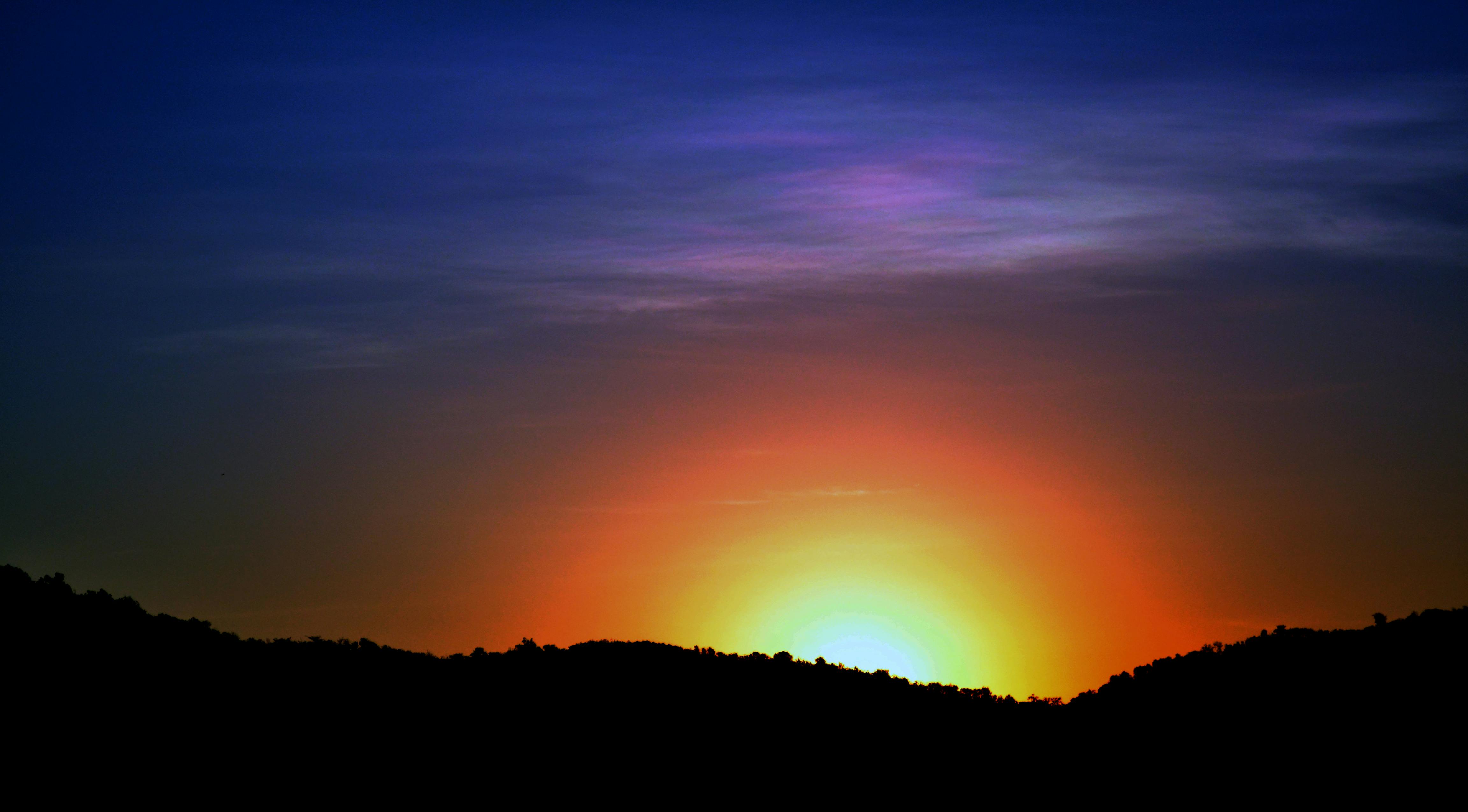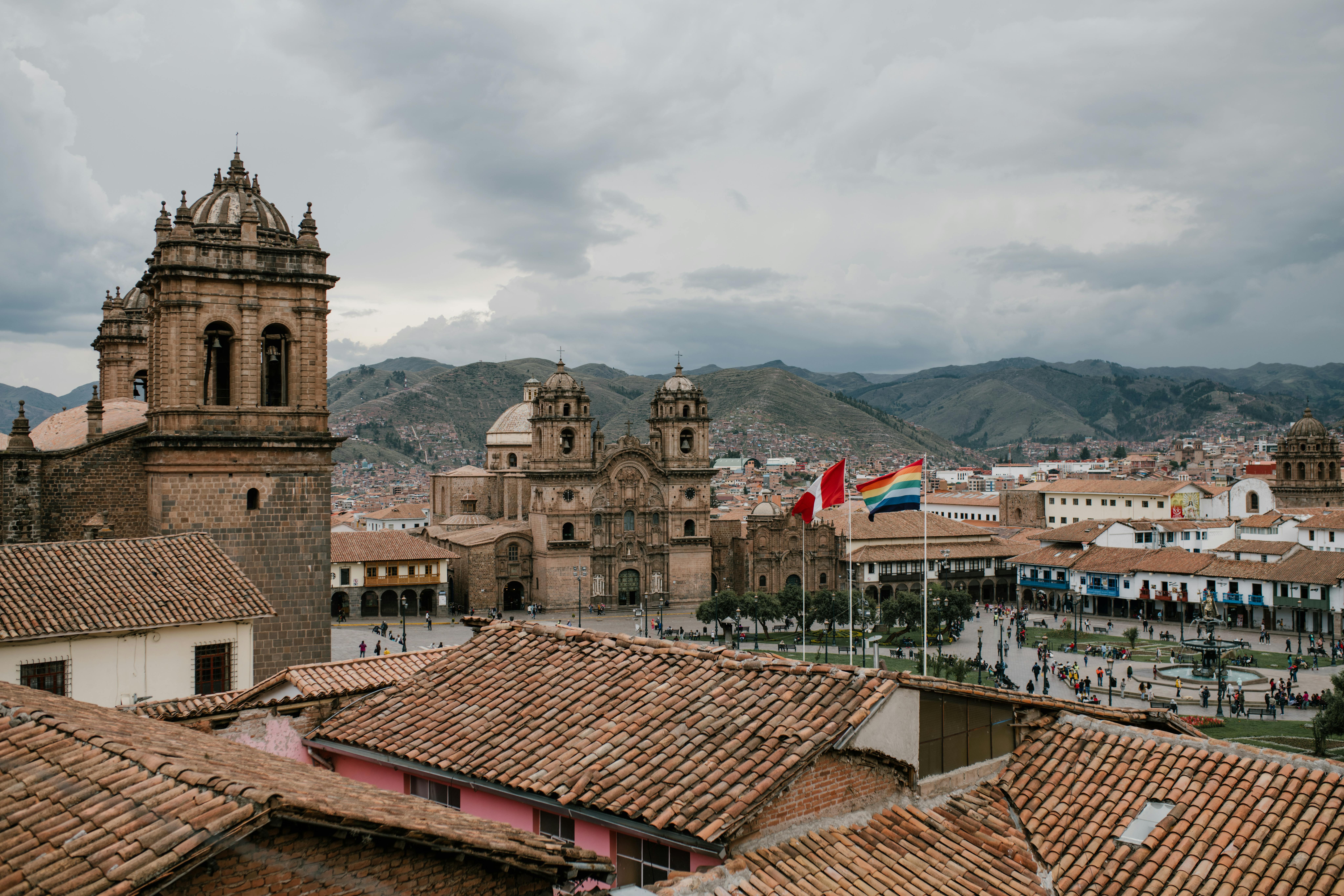Curacao, located just thirty-five miles north of the coast of Venezuela, is the most populous island in the Netherlands Antilles and also the largest at 37 miles long and 7 miles wide at its widest. Curacao’s distinctive culture, warm people, lively Curacao casinos and all-inclusive resorts, and magnificent beaches and water sports attract visitors from all over the world. Curaçao was first located by Amerigo Vespucci in 1499. The Spanish invaders exterminated the native Arawak Indians, and the Dutch in turn expelled them in 1634. The Dutch turned Curaçao into a miniature tropical version of Holland. The threat of English and French invaders also forced the Dutch to turn the island into a fortress: the narrow harbor entrance is protected by thick walls, and many hilltop forts (some of which have become restaurants) protected the approaches to the coast. Curaçao remained a haven of peace until 1915, when the Royal Dutch Shell Oil Company built one of the world’s largest refineries here to process Venezuelan crude. Workers from fifty countries came to all-inclusive Curacao, turning the island into a cosmopolitan multicultural community of 200,000 people.
Curaçao’s capital, Willemstad, has some of the most striking architecture in the West Indies. Rows of pastel-coloured, red-roofed terraced houses adorn the city centre, and from Queen Emma Bridge there is a splendid view of Willemstad’s old colonial houses in bright pastel hues. Three- and four-story tall, these homes are crowned with steep gables and orange Spanish tile roofs. Houses line narrow streets and alleys between the sea, canal and inlet, giving the town a storybook appearance. A great way to explore Willenmstad is to take a one-hour tram tour in open cars pulled by a locomotive. Tours depart from Fort Amsterdam near the Queen Emma Bridge at 10am and cost $22.
At the northern end of the Handelskade, just a short walk from the bridge, is the floating market. Ships arrive here from Colombia and Venezuela bringing tropical fruits and products, as well as handicrafts, and schooners moor here along the canal. Another great place to visit is the Waterfort Arches, which are ten meter high stone walls that stretch for a quarter of a mile along the sea. Today Waterfort has boutiques, shops, ice cream parlors and is a great place to sit on a terrace by the sea and enjoy an Amstel beer. Also on the “must see” list is Fort Nassau, built on top of a high hill in 1797, commanding a spectacular view of the coastline. In and around the capital, you can still see classic Dutch-style windmills. Much of the countryside surrounding the resorts on Curaçao is arid, like the US Southwest, and dotted with divi-divi trees, three-pronged cacti, and prickly-leaved aloes. The rolling hills are crowned with plantation homes built more than three centuries ago, welcoming visitors with guided tours.


